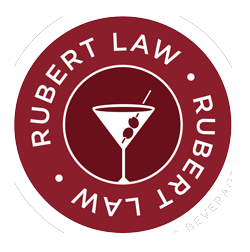Marketing is a crucial part of the business plan for those who make goods. This seems especially true among winemakers who strive to make their wine bottles look elegant, distinctive and (most importantly) memorable. Of course, the goods inside the bottle must also resonate with consumers, but the right label often is the tipping point that gets shoppers to reach out and put the bottle in their shopping cart.
There are certain rules
While label designers and winemakers struggle to come up with something that stands out, the Alcohol and Tobacco Tax and Trade Bureau (TTB) requires certain elements that must be on every wine bottle label. Essential elements that must be on the front label:
- Brand name: Manufacturer’s line (which may not be the company name but cannot create a false impression)
- Appellation of origin: A truthful account of where they grew the grapes
- Class or type designation: The type or category of wine (i.e., aperitif, rose, zinfandel, Chablis, etc.) as outlined by the TTB
- Percentage of foreign wine: If applicable
Required on any label
Some manufacturers put a second label on the back with much of the required information in a nod to aesthetics. This information includes:
- Alcohol content percentage by volume (or designation to alcohol level category)
- Net content (such as 750mL)
- Any color or ingredient disclosures
- Health Warning Statement
- Name and address of manufacturer who holds the permit and application
- Sulfite designation, which accurately says whether it as sulfites or not
The rules are exact
The TTB has specific wording for many of the categories above, including specific abbreviations and capitalizations. For example, the health warning must put GOVERNMENT WARNING uppercase and bold. Of course, all information on the label must be accurate as well. Many put a lot of effort into the aesthetic elements of the label, but it is wise to confirm that the labeling fulfills all requirements. Rather than hold up the application process, manufacturers, bottlers and importers can save time and effort by working with an attorney who handles alcoholic beverage law and compliance matters.
